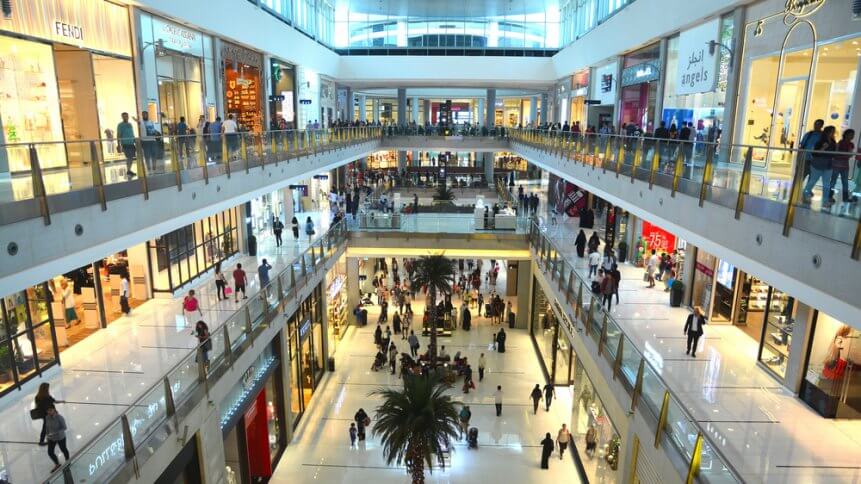Why retailers are flocking to predictive analytics

Seeking to become more insights-driven and, therefore, more competitive, businesses are seeking to generate vaults of data from which they can base strategic business decisions.
If not used correctly or to its full capacity, however, businesses could be incurring unnecessary data storage and management costs— while the resources spent on gathering it in the first place could have been squandered.
Organizations that benefit the most are the ones that are able to deploy predictive analytics, to see changes before they occur and make strategic decisions accordingly.
While all industries practically benefit from analytics in general, the retail sector is undergoing seismic transformations as a result of predictive analytics. They’re using it to predict sales growth, foresee consumer behavior, and spot larger trends in the market.
Here are some reasons more retailers need to adopt predictive analytics in the future:
#1 | Accurate behavior analytics
Improving conversion rate, reducing customer churn, and lowering customer acquisition costs are some of the key challenges that retailers continue to face today.
While data analytics have addressed some of these issues, albeit partially, the real solution lies with predictive analytics.
As numerous touch points exist between consumer and businesses, data becomes increasingly complex and diverse.
By using predictive analytics, companies could gain more in-depth insights such as recognizing high-value customers, motives, buying patterns, and preferred channels to convert sales.
#2 | Hyperpersonalized shopping experience
Personalized marketing is more effective than broad mass marketing campaigns, and that’s a fact. But personalizing marketing efforts in itself poses a challenge to retailers and, until recently, was considered almost an art form.
Thanks to predictive analytics, businesses could take shopping experience personalization to a whole new level and the insights garnered can be more nuanced.
Companies can set up a store with solid knowledge of what customers are seeking and how to reward loyal customers to foster brand loyalty.
YOU MIGHT LIKE

US retailers buy into blockchain, but hurdles remain
#3 | Enhanced customer journey
Customers in the digital era are increasingly discerning and seek out all kind of information via various channels before making a purchase.
Predictive analytics allows companies to be a step ahead of others to firstly, be aware of what the consumers are seeking, and subsequently to reach out and provide them the information that they are seeking.
With deeper insights, retailers would be able to understand customer profile and their history along the different touchpoints.
#4 | Improved operational efficiency
Products and services in the modern marketplace have shorter life cycles with complex supply chains and distribution channels.
Predictive analytics takes the uncertainty out of the equation and allows businesses to optimize asset utilization and operational efficiency while improving service quality.
Further, with more accurate demand forecasting, retailers could optimize cost and increase profit.
A version of this article originally appeared on Tech Wire Asia.









